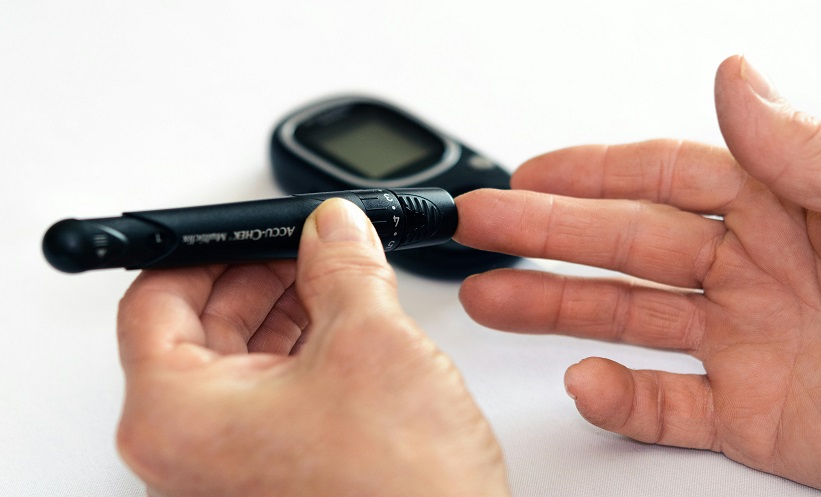INTRODUCTION AND OBJECTIVE
Exercise is a potent skeletal muscle stimulus and the most effective strategy to prevent weight loss-related muscle loss and Type 2 diabetes. Biological sex-based differences are reported for aerobic capacity, muscle mass, muscle-fibre-type composition, and exercise performance. The authors aimed to provide a missing comprehensive picture of molecular differences between female and male skeletal muscle at baseline, after acute exercise and training. Further, the authors investigated which differences were conserved in vitro in myoblasts and myotubes obtained from these donors.
METHODS
The authors characterised muscle biopsies from 25 (16 female and nine male) subjects in a multi-omics approach employing epigenomics, transcriptomics, and proteomics at baseline, after acute exercise and 8 weeks of supervised endurance training. Donor-matched myoblasts and myotubes were analysed in vitro.
RESULTS
The authors found differential CpG-site methylation in 16,012 genes, 1,366 differentially expressed genes, and 120 differentially expressed proteins at baseline. Non-autosomal expression was conserved in vitro, but only a few sex-based differences in the expression of autosomal genes were noted.
Differential transcripts were among other pathways associated with glucose homeostasis and insulin signalling. Differences in the proteome were dominated by higher abundance of proteins regulating glycolysis and of other fast-twitch fibre-type proteins in males. Females showed a higher abundance of proteins regulating fatty acid handling. Acute exercise upregulated oxidative stress-responsive transcripts predominantly in males.
After 8-week training, both sexes had upregulated mitochondrial proteins involved in substrate oxidation and ATP production, while the fast-twitch fibre marker, MYH1, was only reduced in males.
CONCLUSION
The sex-specific composition of the proteome underpins the differences in glucose and fatty acid metabolism in female and male skeletal muscle. Training might mitigate these differences found in the untrained muscle. The few conserved differences in vitro point to hormonal or yet undefined mechanisms of the sex-specific characteristics in the DNA methylome, transcriptome, and proteome.







